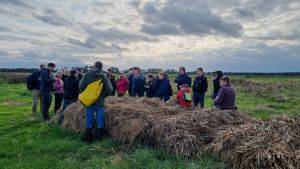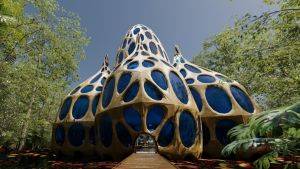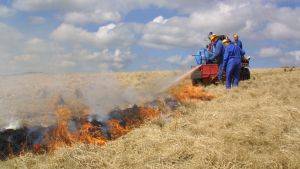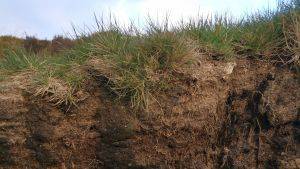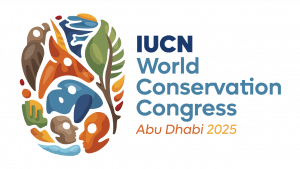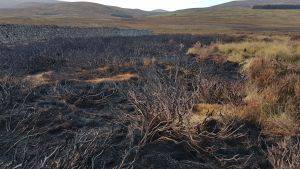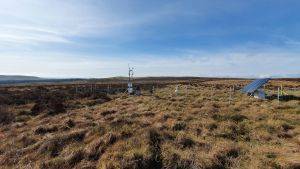Background
To complement the IUCN Commission of Inquiry Update, there is a need to refresh the information presented in the Commission of Inquiry on Peatlands (2011) in relation to the State of UK Peatlands. Advances have been made in the use of remote sensing and mapping of peatlands for both national assessment and project specific monitoring. The update will also specifically seek to include new information on the peatland restoration and conservation activity that has taken place since 2011, as well as capturing proposed peatland restoration going forward under new funding announcements (e.g. LIFE, agri-environment funding) and new country-level peatland actions plans such as those in Scotland and England.
Objectives
- Outline our understanding of peatland trajectories from a degraded > restoring > restored state, and the external influences, such as land management practices, which may influence the path or direction of the restoration trajectory
- Briefly summarise the range of techniques being employed to map the peatland resource and condition of peatlands in the UK and UKOTs. Include an overview of current remote sensing projects and the types of peatland data these will generate
- Summarise the extent of restoration activity that has taken place across the UK (inc. UKOTs) since the last assessment report in 2011. Include detail (where available) on:
- The type of peatland restoration undertaken and areas restored
- The techniques used to restore the peatland
- Management requirements post-restoration
- Restoration costs (per ha averages)
- Summarise the scale of future peatland restoration that is committed to under existing funding/project agreements across Government, statutory bodies, NGOs and private landowners (where known). Indicate the delivery mechanism for this restoration and its funding source.
Outputs
Each team is delivering the following:
- A workshop with relevant stakeholders to scope out topic content plus additional workshops as required
- A written report presenting a consensus view (where possible) amongst the author team and wider stakeholders; where a concensus view is not attainable the report will present the argument clearly and summarise any knowledge gaps. Protocols will be suggested where possible to address these knowledge gaps
- A summary briefing in plain-English of the key findings of the report and recommendations for future work, using case studies to provide examples of key points
- A graphical representation of the topic as a whole, or a key aspect of the topic to be either a) a graphical abstract; b) a summary diagram; or c) an infographic
- Presentation of findings at an Open Inquiry Event, and in addition the option to present at the 2018 IUCN UK Peatland Programme annual conference.

